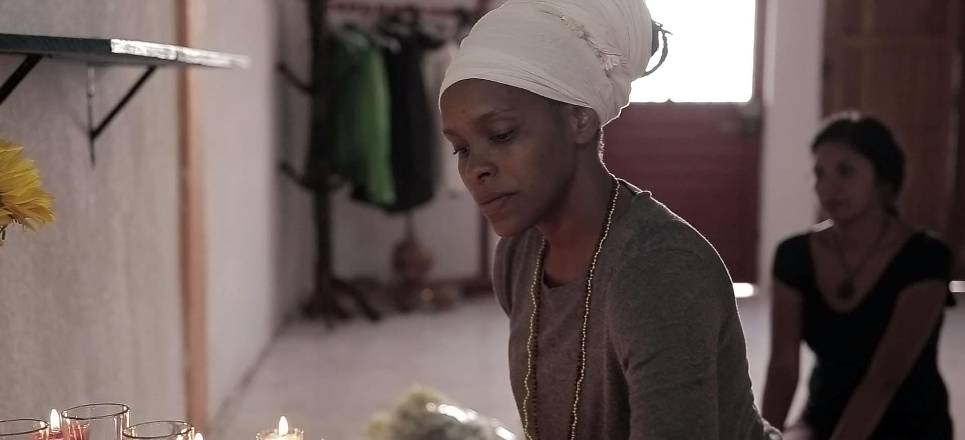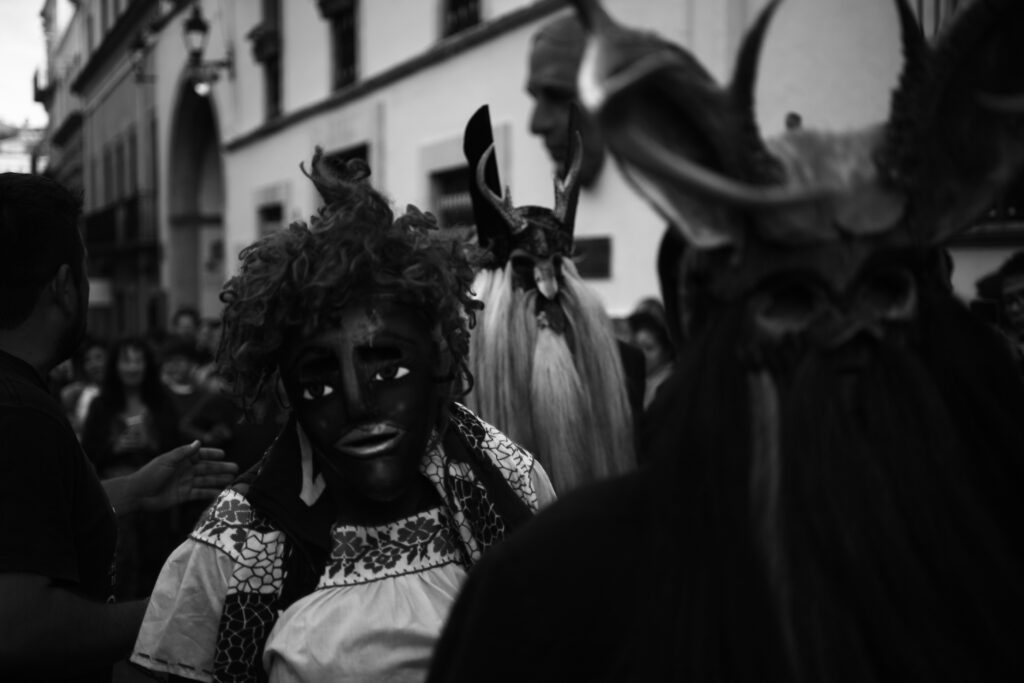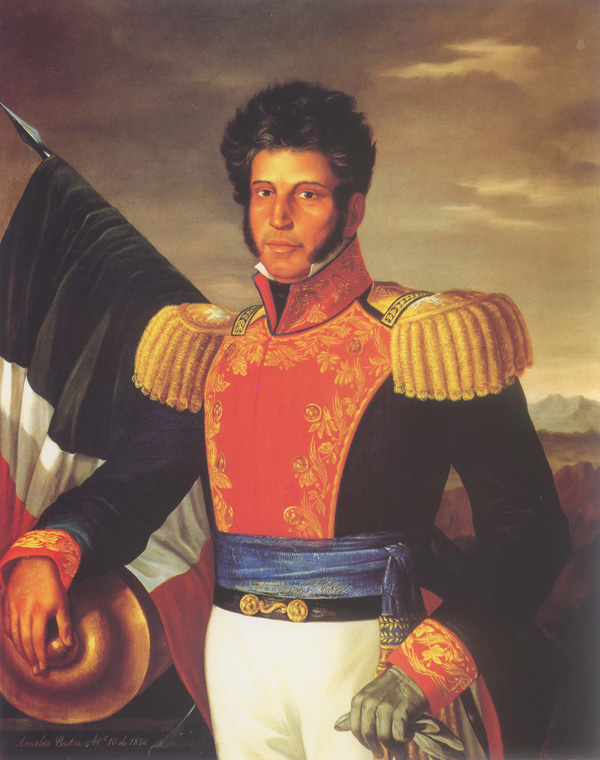Author: Samantha Gross-Galindo
1.2% of Mexicans identify as Afro-Mexicans according to the 2020 Census .
October is Norway´s Black History Month and many events throughout the month have celebrated black heritage from around the world in the form of lectures, theater productions, concerts, and films. Latin America, in particular, has had its fair share of African roots influencing its culture and history for centuries. The willingness and methods used by each Latin American nation to recognize the contributions made by Africans and their descendents in their countries´ pasts varies from being open and accepting to being in denial and ashamed.
This article will highlight the plight of the Afro-Mexicans who only recently were recognized as a formal race and/or ethnic group in the 2020 official Mexican census.
Up until that point, Mexico had been one of two countries in Latin America to deny its citizens the right to self-identify as an African descendent. Chile is now the only Latin American country without a category in its national census to identify as having African heritage.
While it is true that the Mexican government acknowledged that African roots were the “third” root present in its culture in 1992, there is still widespread ignorance amongst its population on this topic and blatant racism against this group throughout the country. Afro-Mexicans suffer from being ostracized in all sectors whether it be access to education, jobs, or housing. It is also common for some to be deported to Central American or Caribbean countries even though they hold Mexican IDs! There is still much work to be done in this sphere.

The Beginning
According to scholars, there have been many waves of African immigration to Mexico. The main wave how Africans first made their way onto Mexican soil was through the slave trade in the 16th century. Spanish colonialists brought an estimated 500,000 slaves from Africa to Mexico during their rule to help them with their large livestock as the indigenous slaves were not used to handling them. Others were brought as miners of silver or as sugar plantation workers. Additionally, some were conquistadors themselves!
Since slave status was passed through the mother, most male African slaves would try and have children with indigenous women so that their children would not be slaves while African female slaves would try and have children with Spaniards and Criollos who would emancipate their own children. There was never any formal ban of mixed marriages so these unions were quite common.
The countries slaves hailed from varied decade to decade but the prevailing ones were Sudan, Cape Verde, Guinea, Angola, Senegal, and The Gambia. Today, towns made up almost wholly of their descendants can be found in the states of Coahuila, Mexico, Guerrero, Veracruz, and Oaxaca. In Oaxaca, many still make their living handling large livestock as cowboys.
Yet, in anthropologist circles, there is a theory that there was African presence in Mexico long before the Spanish arrived–this can be proven by the multiple Nubian-like sculptures that have been excavated in southern Mexico dating back to the pre-colonial era. The theory goes that what is now considered to be a part of Olmec culture, have actual Nubian or Kemetian roots. Present-day Nubia is a part of Sudan and southern Egypt while Kemet was an ancient Egyptian religion. Some examples include the ankh symbol as the sacred cross, the ceremonial dyes used by Kemetic religion and the Olmecs were the same, and a few creation myths and legends also share parallels.
Another wave happened in the mid-19th century where those of African descent in the United States emigrated in search of freedom either from the effects of the civil war or manifest destiny. Lastly, some activists also mention another wave of African immigrants that happened in the mid-20th century when many African countries gained independence and people emigrated with the intention of looking for better opportunities elsewhere.
Afro-Mexican Culture
One of the main reasons that the Mexican government gave to activists for not granting Afro-Mexicans official minority status is because they all speak Spanish. They do not have a language of their own. While language can be a method to identify as a specific ethnicity or race, it isn´t the only one.
Afro-Mexicans have music, literature, poetry, food, and dances that are particular to their roots which are still a large part of their identities. For example, during the Day of the Dead Celebrations, it is customary to perform the Dance of the Devils in Oaxaca. In Veracruz, the music from the region, known as son jarocho, has clear roots from the Canary Islands and Africa. The popular song, “La Bamba” is an example of this genre.


Famous Afro-Mexicans.
Vicente Guerrero & José Morelos: They were key leaders in the Mexican war for independence. Vicente Guerrero even became the nation´s second president. Both Guerrero and Morelos helped write the constitution and abolish slavery.
Gasper Yanga: Escaped slave from the 17th century who organized and led revolts against the Spanish until they finally agreed to grant him and his followers land where they could settle in peace. That town is now in the state of Veracruz and is named after him yet the Afro-Mexicans in this town are treated like filth by the rest of the inhabitants.

MORE INFORMATION: This article has been written to support to ESCENA 21. It is an Iberoamerican Film Festival held annually in Oslo with the aim to promote more cultural awareness about the region. On December 3, 2021, they showed “Negra” at Vega Scene which is a documentary showing the lives of five Afro-Mexican women from Oaxaca and Guerrero. We recommend you to see the documentary to learn more about Afro-Mexican women.
